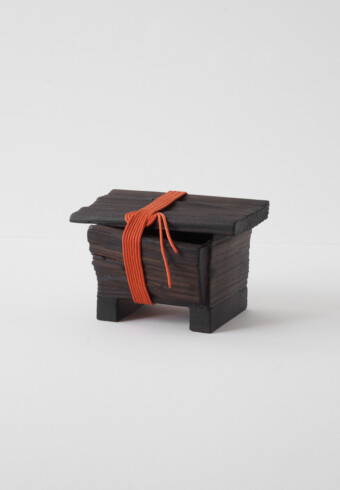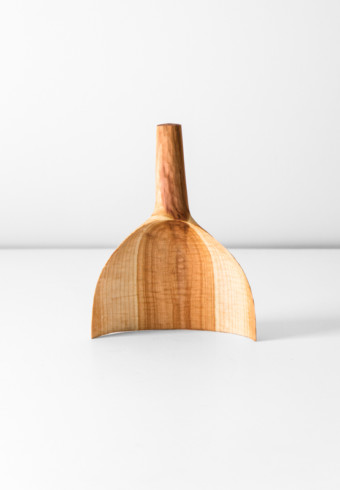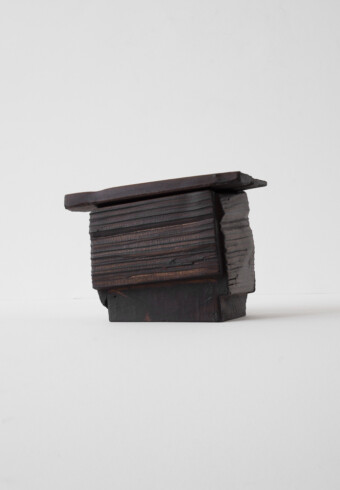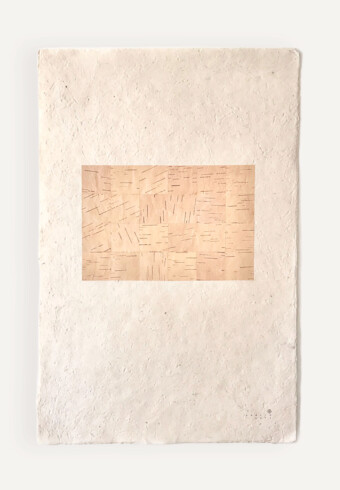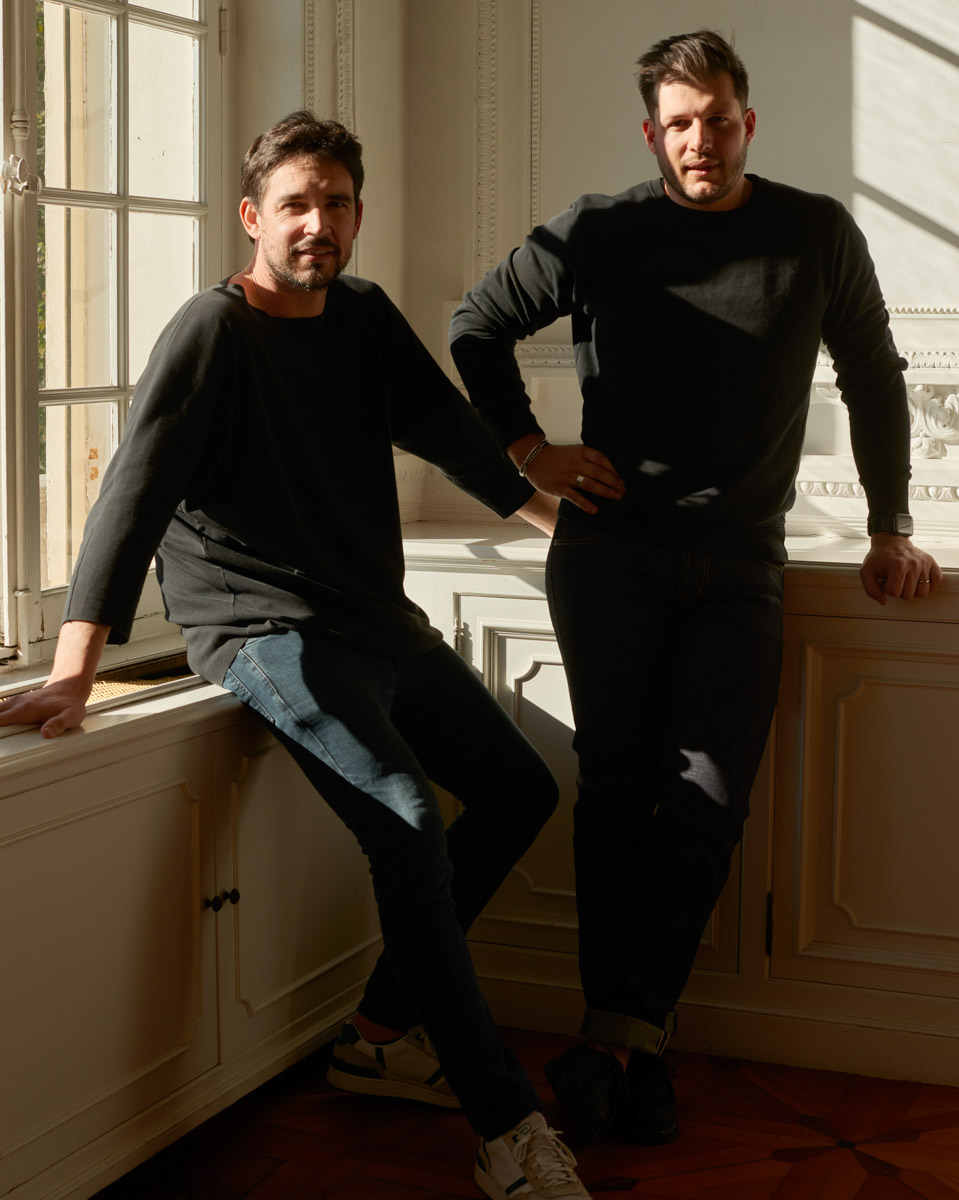

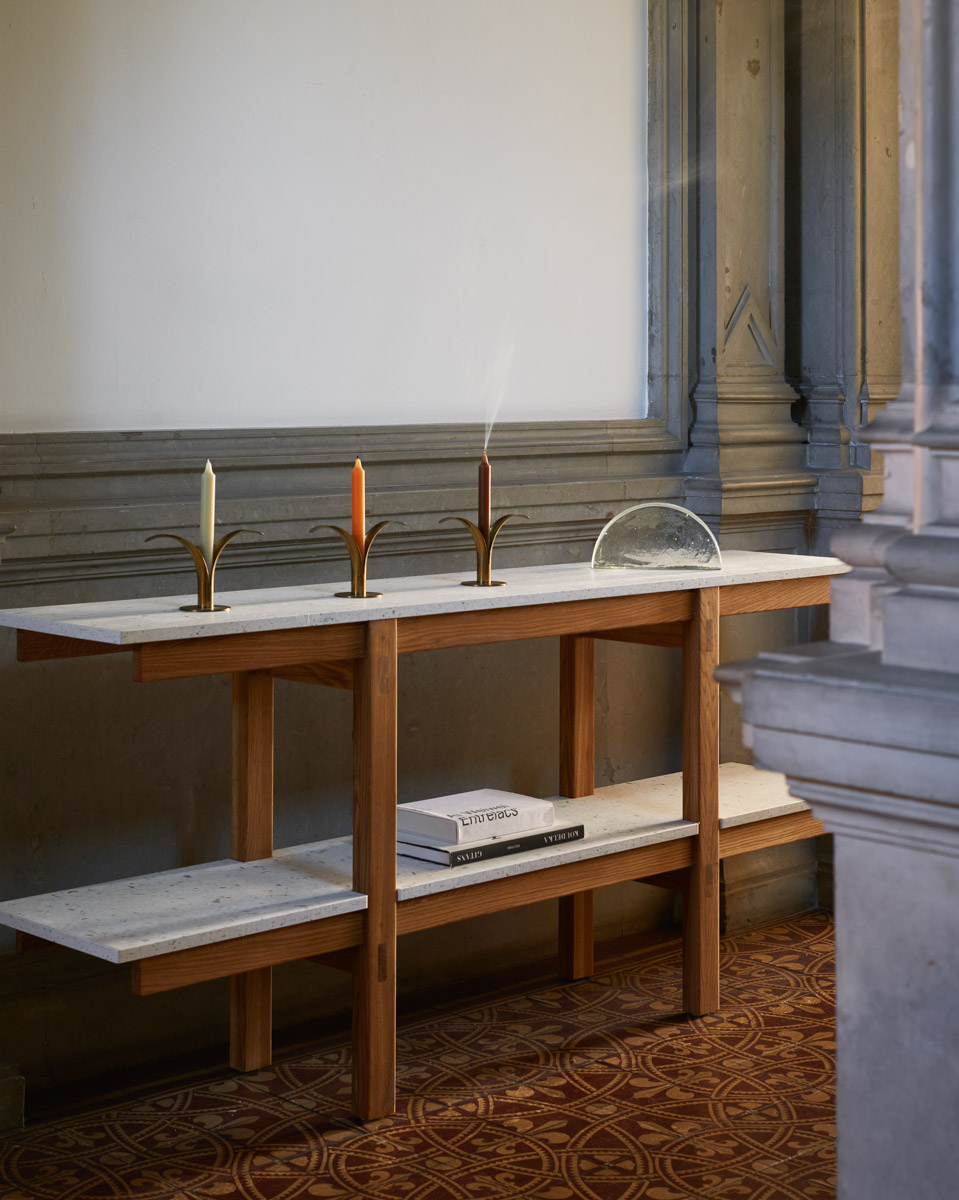
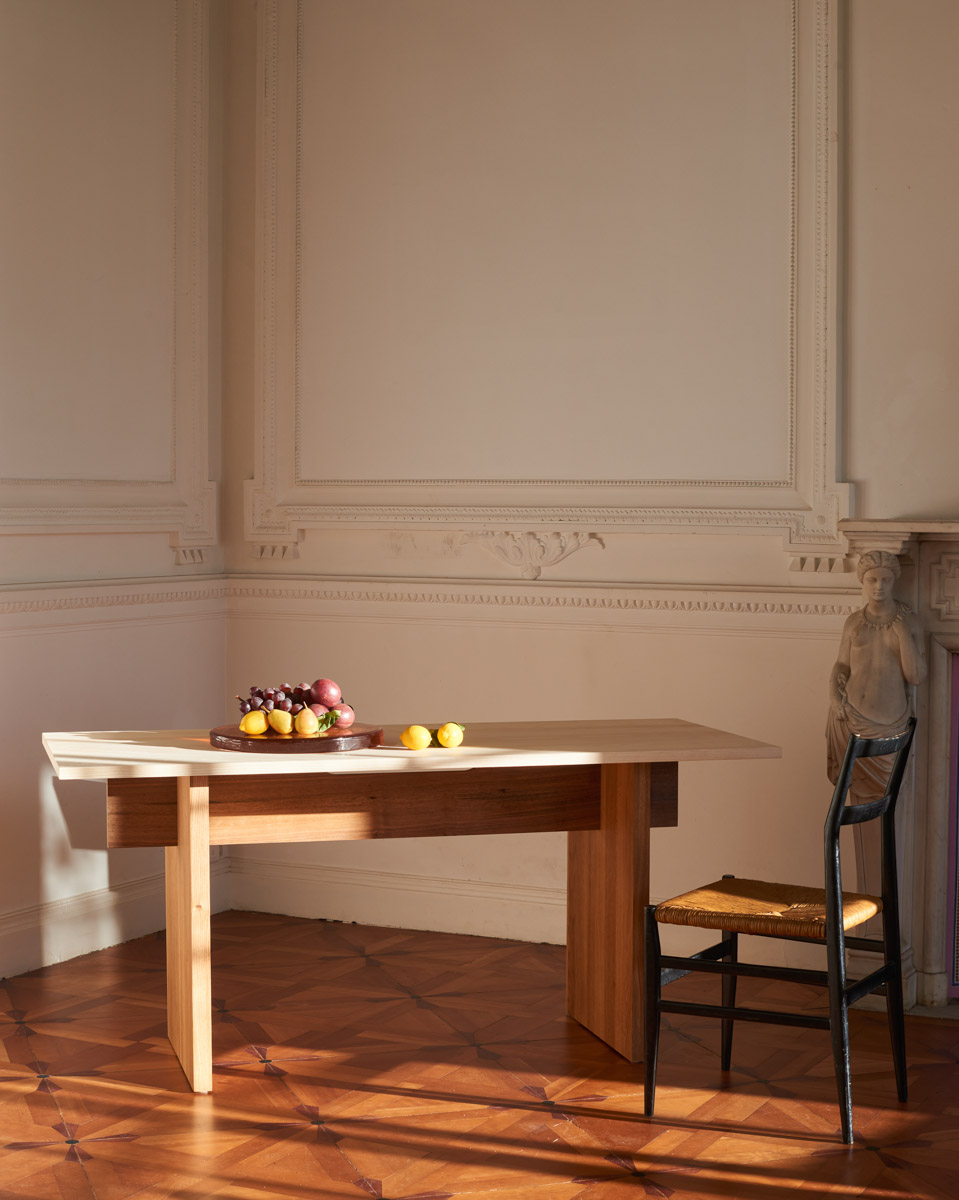
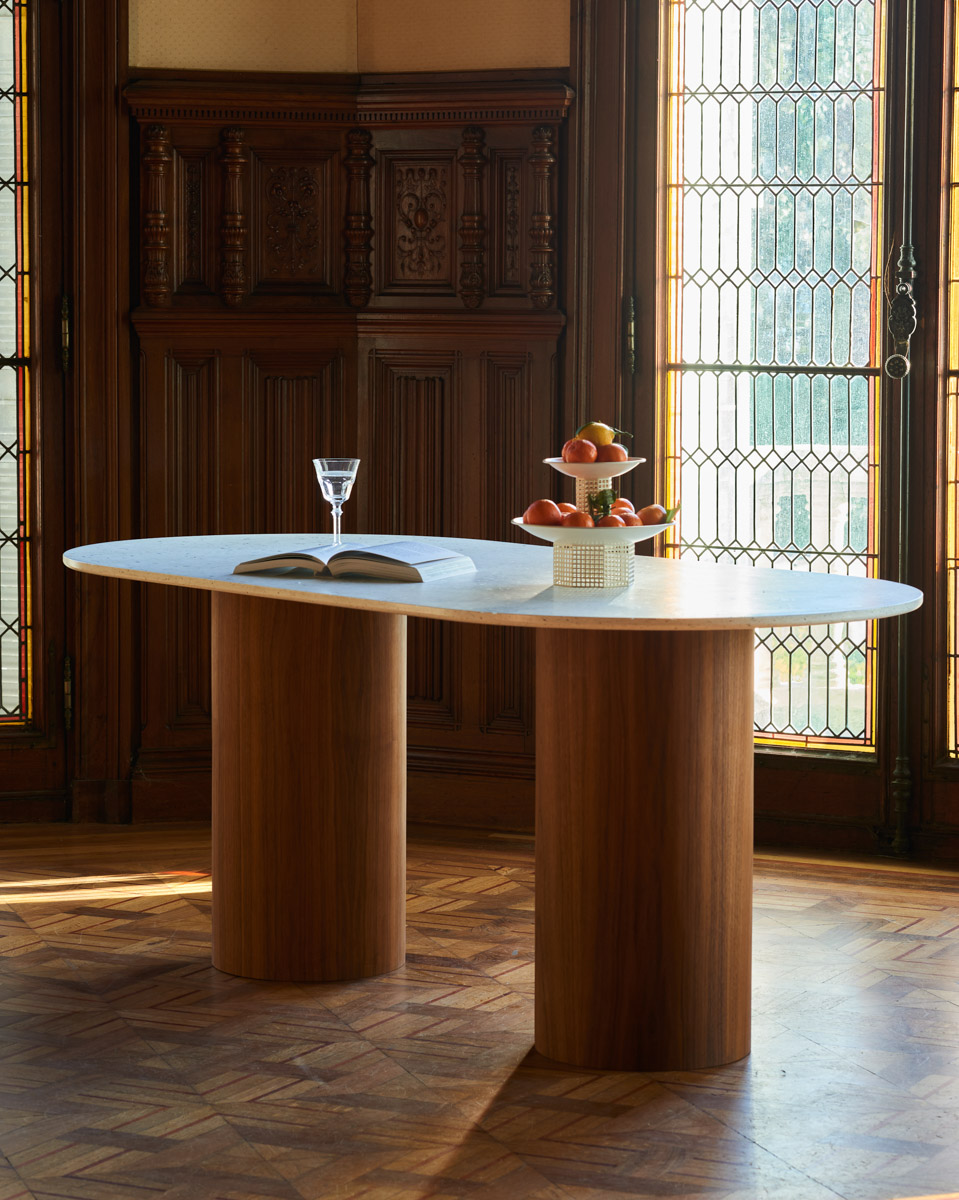
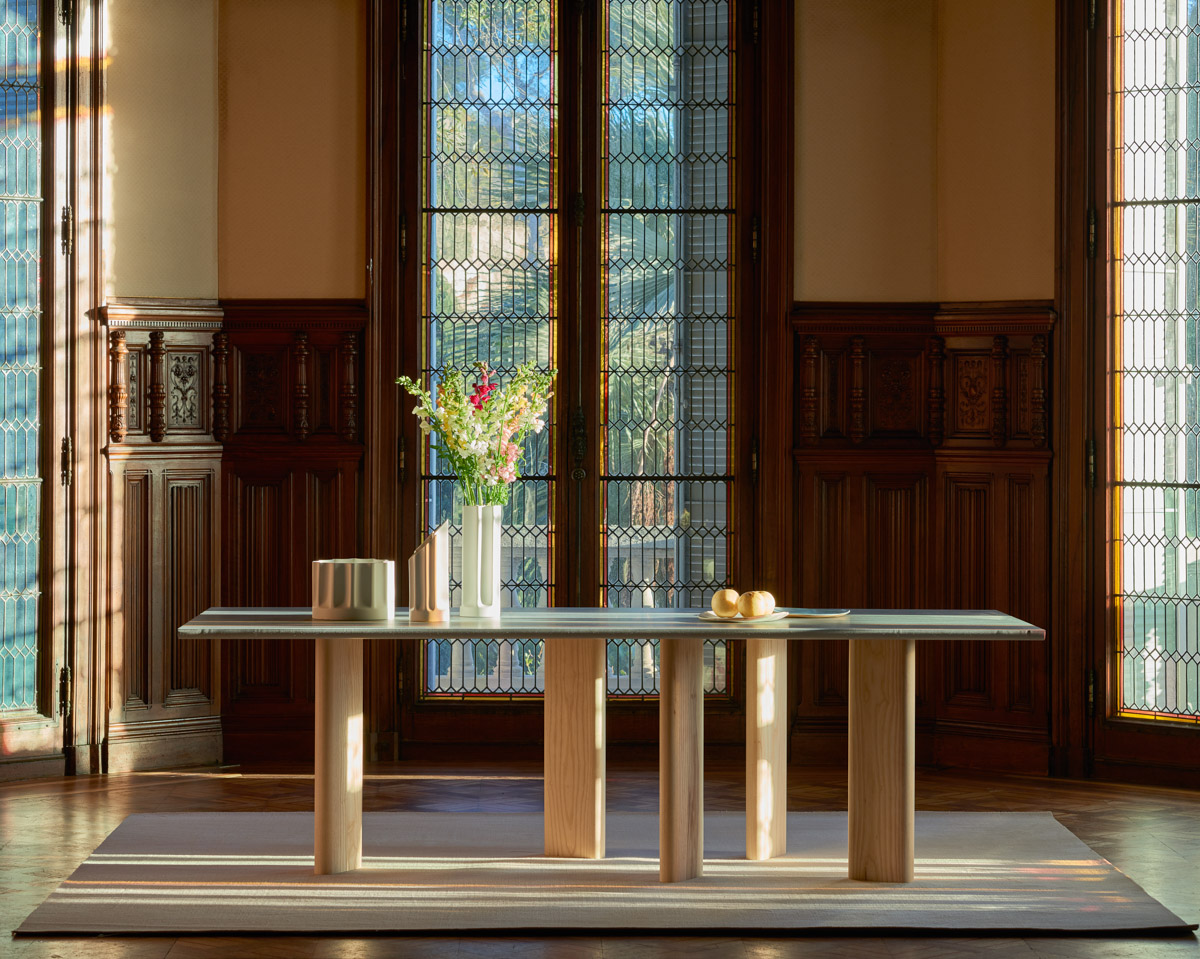
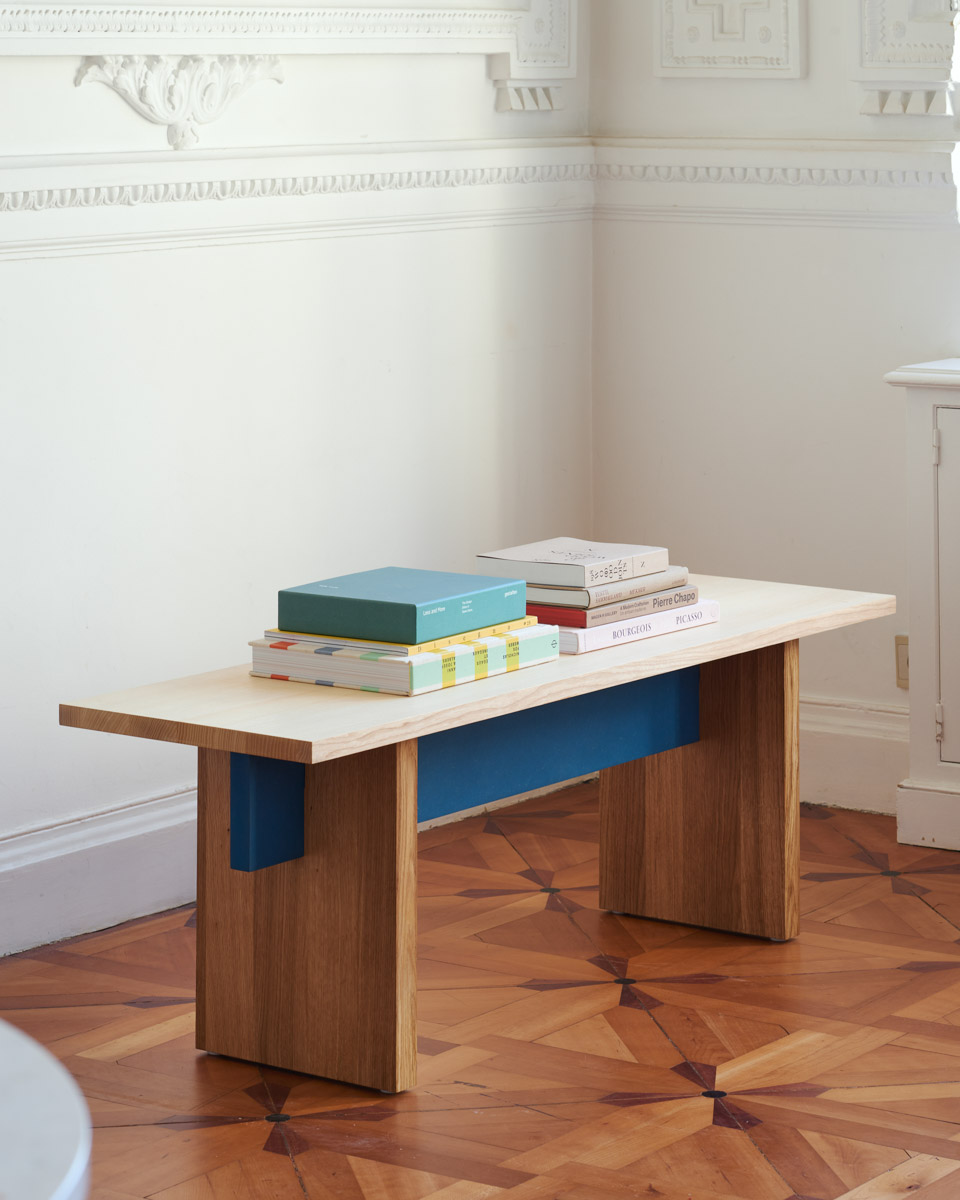



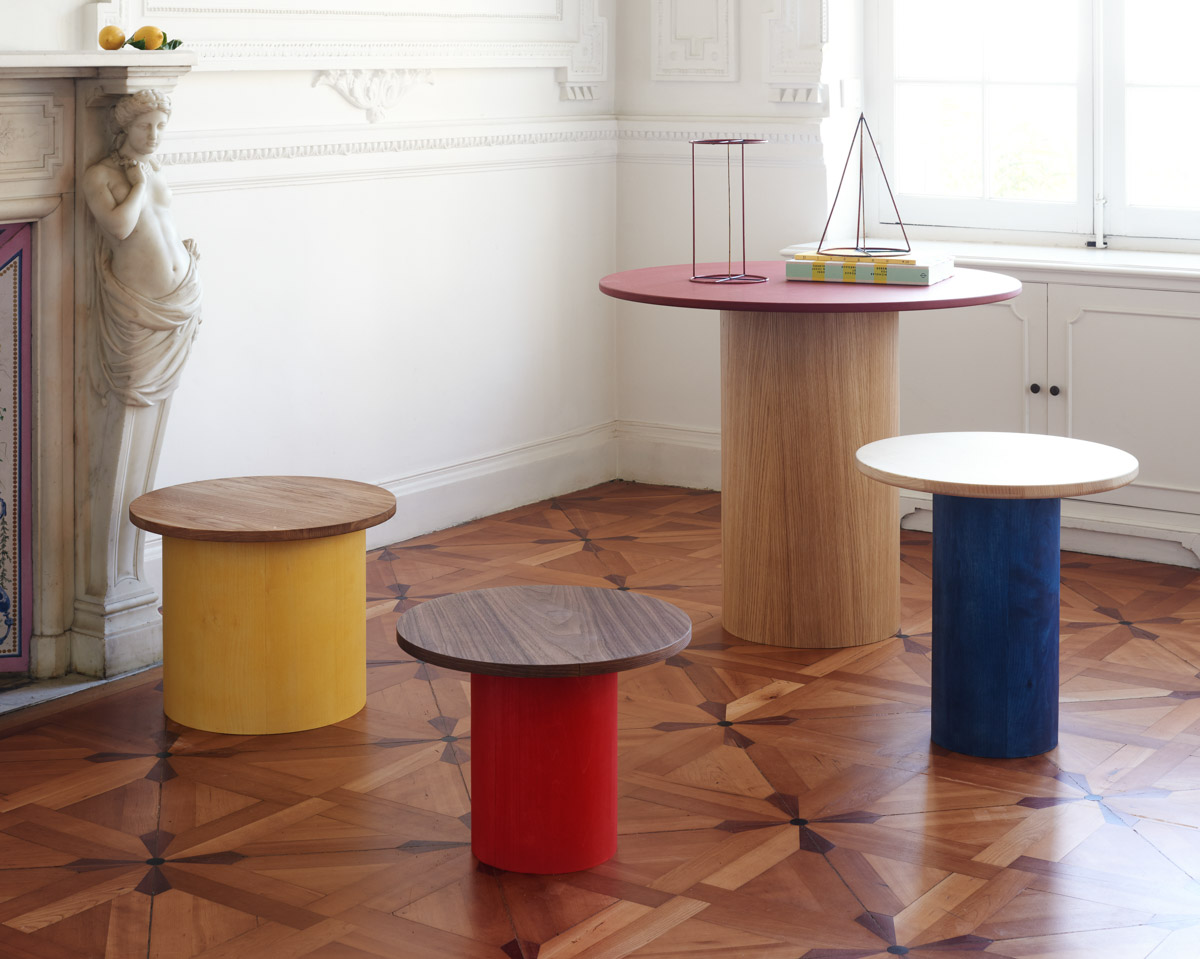
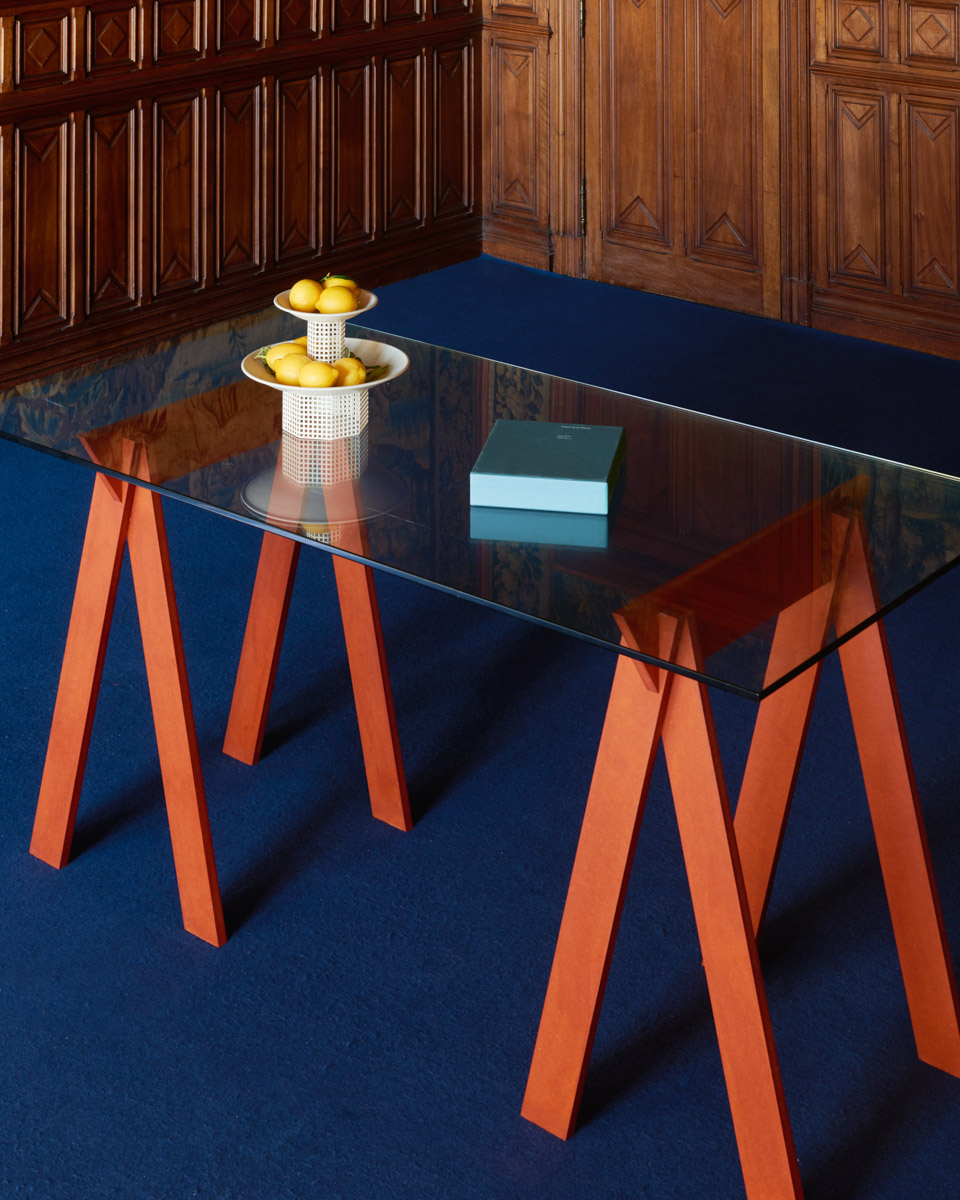
Raphael Cei Rinku Design

At the head of Rinku Design, Raphael designs sensitive and minimal furniture. Guided by traditional assembly work and reasoned production, he reveals the underside of his brand.
How was Rinku born?
Quite naturally because I was fablab manager at Make it Marseille. So I developed great skills on CNC and parametric 3D files. I had just bought my apartment and I challenged myself to furnish it entirely myself. I started by designing my kitchen, then my library office, my dressing room, etc. I wanted to make furniture in addition to fittings, so I started designing coffee tables, dining tables, chairs, bar stools, all machined from offcuts from my productions. Once the project was published on Instagram, people started contacting me to find out about prices and customization possibilities.
You are two in the creation of Rinku, how do you divide the missions?
At the beginning of the adventure, we did everything together. Now it's more in the execution that the tasks are shared. Sebastien takes care of the financial structuring and I take care of the design and the brand identity. The reason why I wanted Sebastien to join me in the adventure is that he also designed his furniture on his own and he had this sensitivity. I often say that I am a designer who wanted to do business and he is an entrepreneur who wanted to design, that's why it works.
Can we say that you specialized in CNC work?
Completely: we made the choice to produce only with this machine. This has certain limitations, such as only being able to work with panels - even if we have found a way to offer our furniture in solid wood - but this is, in our opinion, the price to pay to be able to produce tailor-made products, locally and at a reasonable price. It is an extraordinary tool that gives us a significant advantage in terms of precision and production capacity. Personally, I love to play with constraints, it's the essence of design to get around these difficulties.
“Producing differently” means producing how?
The idea is to say that another model is possible. We are in a dualism between industrial furniture produced abroad, in large series and inexpensive, versus tailor-made cabinetmaking, local, but requiring a certain budget. Even if it is very schematic, it is the reflection of a reality. Through Rinku, we mix digital and industrial with craftsmanship thanks to parametric design in order to offer tailor-made design furniture in a short circuit. We seek to offer a fair alternative to industrial furniture.
What motivated you in this process?
Personally, I like to keep control of what I do as much as possible, so mastering our production capacity appeals to me. The world is changing fast and technologies are opening up the field of possibilities. They are sometimes used in a more or less ethical way – we will not go into the uberization debate. I am more of an optimist and I seek to make the most of what is offered to me or what I have available and I had this desire to propose the best way to make furniture on the short circuit in 2020. I don't know if we got there but in any case we are working on it.
Assembly also seems to be central to your design process.
Yes it is also “Rinku” means “to connect” in Japanese. In cabinetmaking there is an intelligence of the assembly, we play on the strengths and weaknesses of the wood to produce maximum solidity and to be as efficient as possible. What fascinates me about the Japanese is their ability to make anything useful beautiful and turn it into an art form. Indeed, Japanese blends are of a certain sophistication and stem from an intellectual quest that speaks to me: intelligence at the service of beauty. This is what, in my opinion, should be the goal of a lifetime. So that's why assemblies are also put forward at Rinku: they are at the center of the construction of all our furniture. Moreover, we are developing our product ranges around certain types of constructions; it is a type of assembly which makes a scale and not the reverse.
Your design is rather minimalist, what are your inspirations?
I feel very close to the thought of Dieter Hams for the same reasons that Japanese blends attract me, I like the fact of producing the maximum efficiency and beauty by committing the least possible means. It's a demanding process that pushes you not to fall into and out of style. The idea is to live in a certain frugality, not specifically a stripping and even less poverty but to possess little but to possess well.
What are your plans for the future?
After two and a half years of work, trial and error, we are going to open our first shop/workshop in Marseille. This is an important step for us because it is the realization of a vision: to put production back in the center of cities and to digitize craftsmanship without distorting it. We are also working hard on our research and development, we have found a way to offer our furniture in solid wood whereas until now we were only able to work with plywood panels or wood derivatives. We will continue to push our manufacturing know-how ever further to be able to offer the best furniture possible. We do a lot of materials monitoring in order to be able to offer ever more exclusive and atypical materials.











- Location: Marseille, France
- Website: https://rinku.design/
Share
